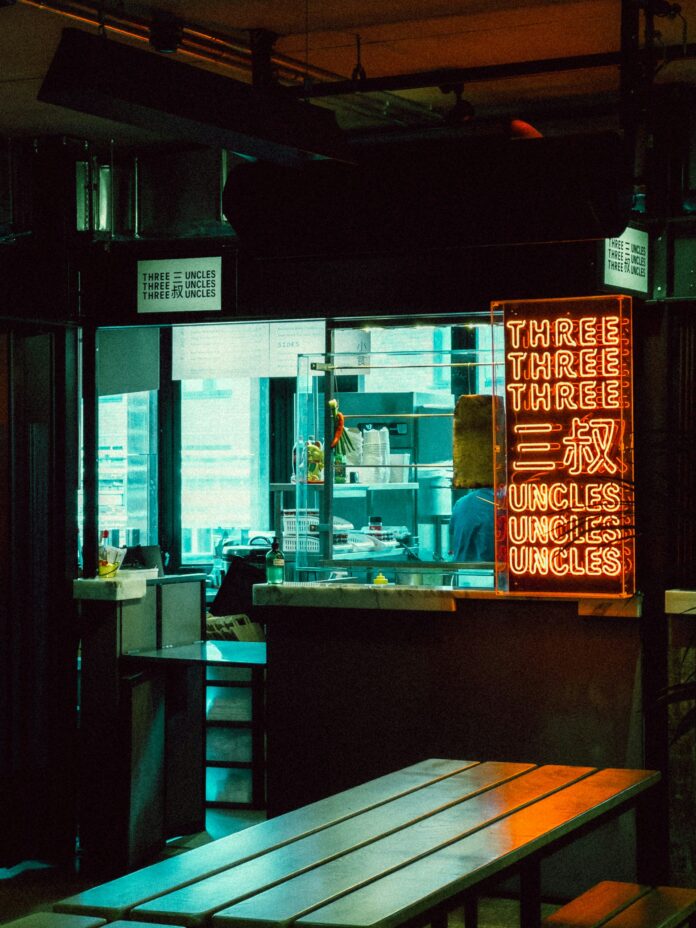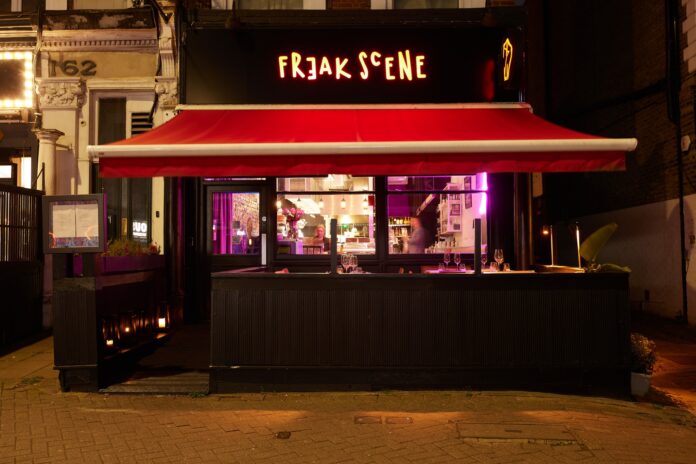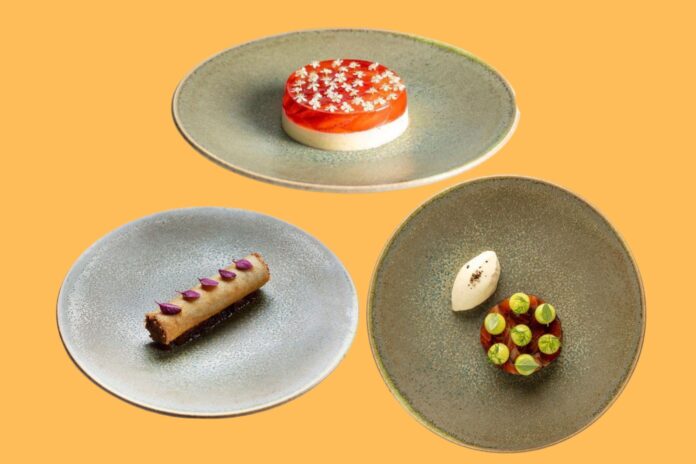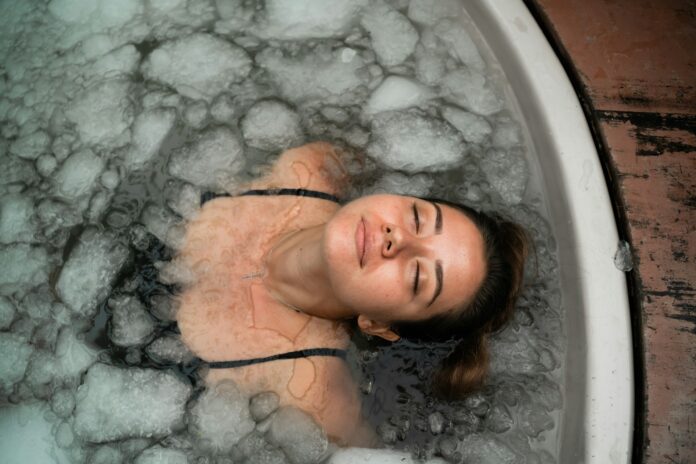Here at IDEAL, we recently wrote about drinking less – but better – wine. One major part of this endeavour was a pledge to buy fewer bottles of the stuff, but to make more effort in researching, sourcing, and enjoying those rare drops we did drink.
Whilst it’s a simple mantra to follow, it’s one that may well improve your enjoyment of wine hugely, in a responsible, sustainable way, too.
Why bother spending more (both in effort and money) on wine we hear you ask? Well, according to the experts, the difference in flavour, aroma and mouthfeel between a moderately priced bottle and a cheaper one is pronounced, and far outstrips the discrepancy in price tag, with a marked jump in quality between, say, a £7.50 and a £15 bottle of wine.
If you are considering investing in some premium wines to savour rather than slug with abandon, then firstly, cheers! But more importantly, as the old saying should say, your wine collection is only as good as its storage. Indeed, you could lose a significant amount of the colour, flavour and value if you keep your carefully sourced wine at the wrong temperature, angle, humidity or level of light.
Yep, there’s a fine art to this thing, but storing your wine with thoughtfulness and dexterity can help ensure its longevity. With that in mind, here’s our IDEAL guide on storing your wine to protect its longevity.
Store Wine At An Appropriate Temperature For Its Colour & Variety
As important as serving your wine at the correct temperature, of all the factors that can influence the quality of stored wine, the temperature at which it is held is arguably the most crucial. Incorrect temperatures, whether too warm or too cold, can quickly ruin a bottle of wine, making it essential to store your wine at the right temperature.
Generally, the ideal temperature for wine storage, whether for short or long-term, is around 13ºC (55ºF). However, this can vary depending on the type and variety of the wine. For instance, lighter white wines and sparkling wines are best stored at slightly cooler temperatures, typically between 8-12ºC (46-54ºF), while fuller-bodied reds benefit from a slightly warmer range, around 12-19ºC (54-66ºF).
It is always advisable to consult the manufacturer for specific temperature recommendations for each wine. Regardless of the type or label, wine should never be stored below -4ºC (25ºF), as this can cause the wine to freeze, nor above 20ºC (68ºF), which accelerates the aging process and destroys the volatile compounds that contribute to the wine’s complexity of flavour and colour.
Equally important is maintaining a stable temperature. Fluctuations can cause the cork to expand and contract, allowing air to seep into the bottle. This oxidation process is detrimental to the wine, leading to a loss of flavour and aroma. Therefore, it is crucial to avoid storing wine in areas prone to temperature changes, such as kitchens or garages. Instead, opt for a dedicated wine fridge (more of that later) or a cool, dark cellar where the temperature remains constant.
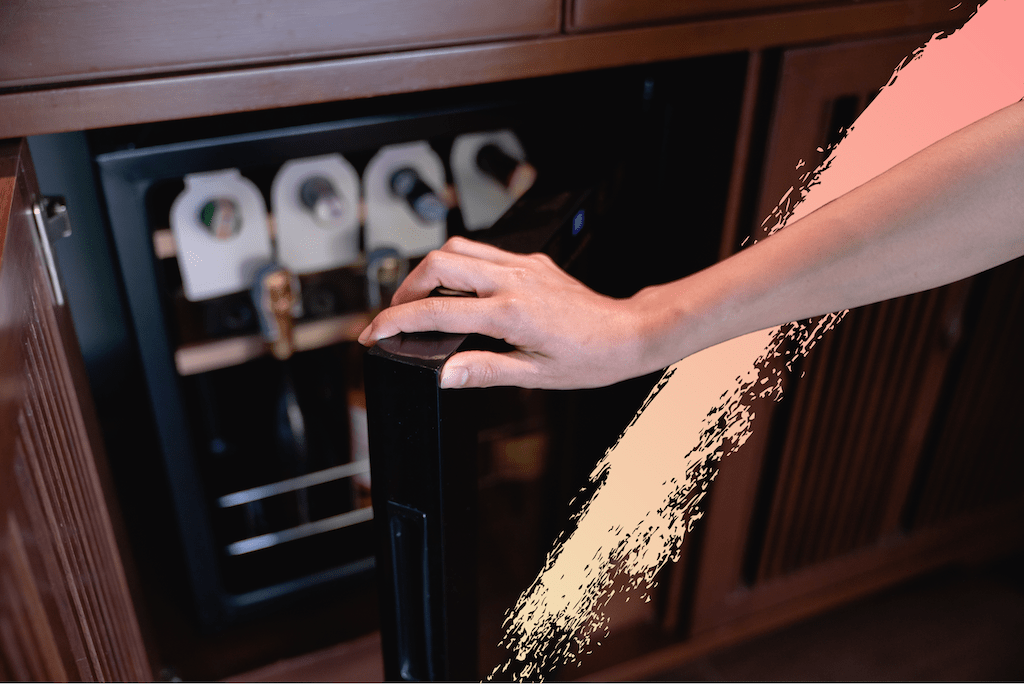
Store Wine Bottles Horizontally
This only applies to wines with a cork, particularly, and isn’t necessary for screw tops, but in cases of the former, you should make sure that you store your bottles of wine horizontally. Keeping your bottles like this will help to keep the cork moist, which is key for long-term storage. Should the cork dry out, shrinkage, seepage and premature aging can occur.
For screw top wine bottles, it isn’t necessary to keep them on their sides. Horizontal storage is, nevertheless, a more efficient way to hold your wines in order to maximise space and enable easy access. Keeping a screw top bottle horizontally certainly won’t do it any specific harm. In fact, many wine connoisseurs now regard screw tops as the smarter investment if you intend to keep your wine for a while.
Protect Your Wine From Variations In Light & Position
When it comes to preserving the quality of your wine, protecting it from variations in light and position is paramount. Light, particularly ultraviolet (UV) rays from direct sunlight, can be incredibly damaging to wine. UV rays can break down the complex molecules that give wine its unique flavours and aromas, leading to a process known as ‘lightstrike’. This is why many wine bottles are made from tinted glass, which helps to block out harmful sunlight and prevent oxidation. However, even with tinted bottles, it is best to store your wine in a dark place to ensure maximum protection.
Artificial light can also pose a risk, albeit to a lesser extent than sunlight. Incandescent and fluorescent lights can still contribute to the degradation of wine over time. Therefore, it is advisable to store your wine in a location that is not only free from direct sunlight but also away from strong artificial lighting. A dark cupboard, a dedicated wine cellar, or a wine fridge with UV-resistant glass doors are all excellent options for keeping your wine safe from light exposure.
In addition to light, the position of your wine bottles plays a crucial role in their preservation. Wines sealed with corks should be stored horizontally. This position keeps the cork moist, preventing it from drying out and shrinking. A dry cork can lead to seepage and premature aging as it allows air to enter the bottle, causing oxidation. On the other hand, wines with screw tops do not require horizontal storage, but doing so can still be beneficial for space efficiency and ease of access.
Another important consideration is to protect your wine from physical disturbances. Vibrations can disrupt the delicate aging process by disturbing the sediment that forms in the bottle. This sediment is crucial for the development of the wine’s flavour profile. Therefore, it is best to store your wine away from sources of vibration such as washing machines, dryers, exercise equipment, or even heavy foot traffic areas. A stable, vibration-free environment will help ensure that your wine ages gracefully and retains its intended characteristics.
Read: Steps to building the IDEAL wine cellar upstairs

Store Wine At The Proper Humidity
Humidity is another critical factor in the proper storage of wine, and maintaining the right balance is essential for preserving both the wine and its packaging. The ideal humidity level for wine storage is between 60% and 68% relative humidity (RH). If the humidity is too low, the corks can dry out, leading to shrinkage and allowing air to seep into the bottle. This exposure to air can cause oxidation, which deteriorates the wine’s flavour and aroma. On the other hand, if the humidity is too high, it can encourage the growth of mold and mildew, which can damage the wine labels and compromise the integrity of the cork.
Maintaining the correct humidity level helps ensure that the cork remains moist and expands properly, creating an airtight seal that protects the wine from oxidation. This is particularly important for wines intended for long-term aging. A dedicated wine fridge or cellar with humidity control features can help maintain the optimal environment. Additionally, if you are storing wine in a less controlled environment, such as a basement or closet, you might consider using a humidifier or dehumidifier to regulate the humidity levels.
Proper humidity control also helps preserve the aesthetic and resale value of your wine collection. High humidity can cause labels to peel and deteriorate, making it difficult to identify the wine and reducing its market value. By keeping the humidity within the ideal range, you can ensure that both the wine and its packaging remain in pristine condition, ready to be enjoyed or sold at their peak.
Store Your Wine In Its Own Dedicated Fridge
Your storage space should ideally tick all the boxes we mentioned above. A dual-zone wine cooler is a good option to fulfill this job. Unlike a standard household refrigerator, which keeps your food cold and dry, a wine fridge keeps wine in the region of 10-15˚C (50-60˚F) and at the proper humidity required. Freestanding wine fridges are an excellent choice here, not only providing the ideal conditions for your wine but also the flexibility to move and adjust your storage setup as needed.
A good wine fridge or cooler will have a multi-zone cooling option, enabling you to cool your white and red wine to the optimum temperatures (red requires a slightly warmer temperature than white, 12-19˚C and 8-12˚C, respectively, with sparkling needing 5-8˚C) without needing a separate wine fridge. This also helps prevent cross-contamination from food odours, which is a threat when keeping wine in the fridge.
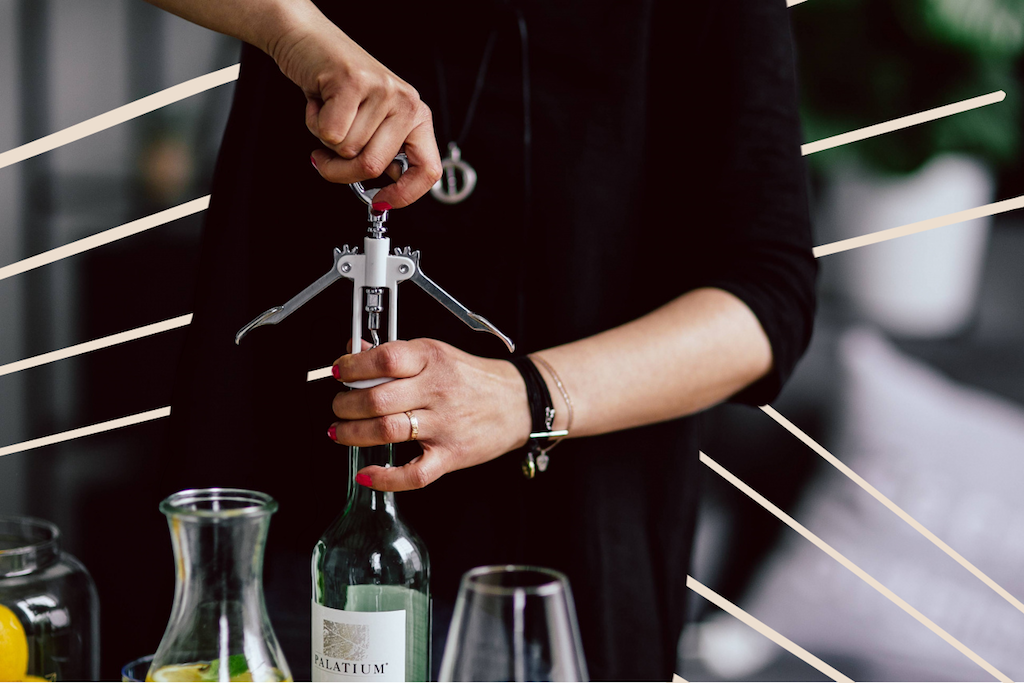
Rotate Your Wine Collection Regularly
An often overlooked but beneficial practice in wine storage is the regular rotation of your wine collection. Not to be confused with actually, physically rotating each bottle 180 degrees (a practice whose usefulness has been debunked), this involves periodically moving bottles around within your storage space to ensure even ageing and to prevent any single bottle from being neglected. Over time, even in the most controlled environments, slight variations in temperature, humidity, and light exposure can occur within different areas of your storage unit. By rotating your bottles, you can mitigate these minor discrepancies and promote a more uniform ageing process.
On top of that, rotating your wine collection allows you to keep track of which bottles are approaching their optimal drinking window. Wines, especially those intended for ageing, have peak periods when their flavours and aromas are at their best. Regularly inspecting and rotating your collection helps you stay aware of these timelines, ensuring you enjoy each bottle at its prime. This practice also provides an opportunity to check for any signs of potential issues, such as cork deterioration or label damage, allowing you to address them before they affect the wine’s quality.
Rotation can be particularly useful for those with larger collections or those who store wine in multiple locations. It encourages a more hands-on approach to wine management, fostering a deeper connection with your collection and a better understanding of each wine’s unique ageing process.
The Bottom Wine. Sorry; Line
Without wishing to repeat ourselves; your wine is only as good as its storage. As such, it’s important to bear in mind temperature, humidity, angle, light and vibration when storing your wine. Cheers!
If you do have some wine which you feel has gone over and is no longer drinkable, then consider these 5 creative uses for leftover wine.

